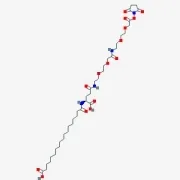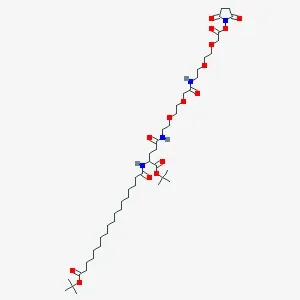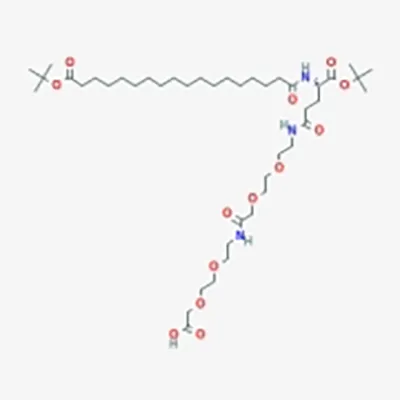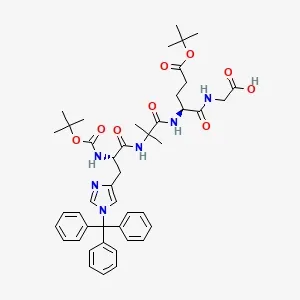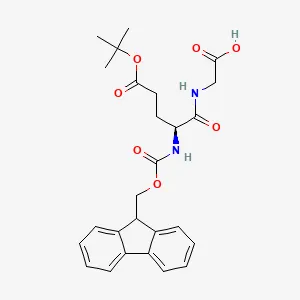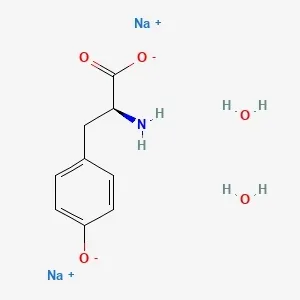
Amino Acids & Derivatives for Cell Culture
L-Tyrosine disodium salt
L-Tyrosine disodium salt (CAS 122666-87-9) is a high-purity amino acid derivative (99% min) typically supplied as a light grey to brownish powder. It is widely used in the formulation of cell culture media due to its improved solubility and compatibility with fed-batch processes in biopharmaceutical production. This amino acid is packed in 25 kg fiber drums and requires storage at 2–8°C to maintain optimal stability. Baishixing maintains a monthly output of up to 20 tons, ensuring reliable supply for both industrial-scale manufacturing and research environments.
- CAS No.: 122666-87-9
- Molecular Formula: C₉H₁₃NNa₂O₅
- Purity: 99% min

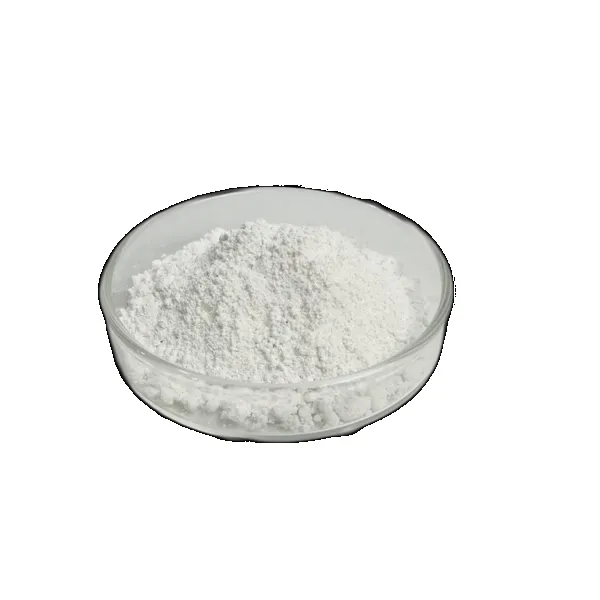


![Fmoc-L-Lys[Oct-(otBu)-γ-Glu-(otBu)-AEEA-AEEA]-OH](products/2-2-1-fmoc-l-lys-oct-otbu_01.webp)
